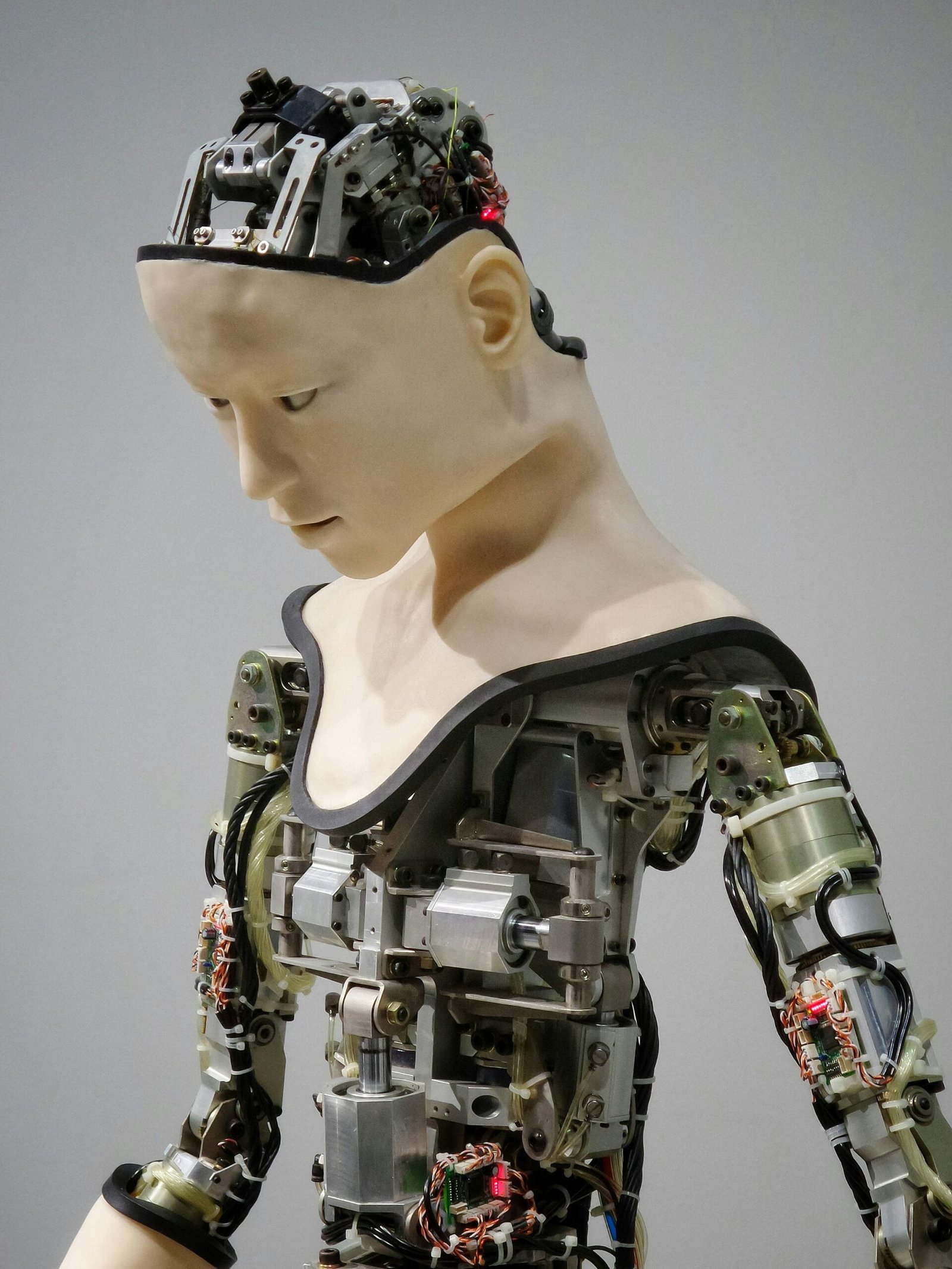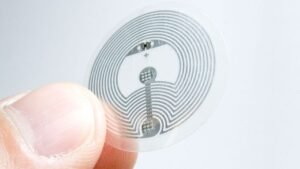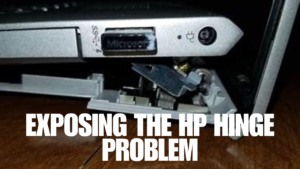IoT in Smart Cities: Exploring How IoT is Transforming Urban Living
Introduction to IoT and Smart Cities
The Internet of Things (IoT) represents a vast network of interconnected devices that communicate and share data with each other via the internet. These devices, which range from everyday household items to complex industrial tools, are embedded with sensors, software, and other technologies that enable them to collect and exchange data. The primary principle of IoT is to create an intelligent system where devices can autonomously interact, providing seamless integration and automation of various processes.
Smart cities leverage IoT technologies to transform urban living by integrating these interconnected devices into the city’s infrastructure. The goal is to enhance the quality of life, improve the efficiency of city services, and optimize the management of resources. By embedding sensors and IoT devices into critical urban systems such as transportation, energy, water supply, and waste management, cities can collect real-time data that helps in making informed decisions and implementing proactive measures.
For instance, smart traffic lights can adjust their timing based on real-time traffic conditions, reducing congestion and improving traffic flow. Similarly, smart energy grids can balance supply and demand more effectively, leading to better energy efficiency and reduced costs. Water management systems equipped with IoT sensors can detect leaks or anomalies, ensuring a sustainable water supply and minimizing waste. Waste management can also be optimized by using IoT-enabled bins that monitor fill levels and schedule timely pickups.
Furthermore, IoT in smart cities is not limited to infrastructure but extends to enhancing the overall urban experience for residents. Smart lighting systems can adjust brightness based on the time of day or weather conditions, ensuring safety and comfort. Environmental monitoring systems can track air quality and provide timely alerts, contributing to public health. These applications demonstrate the transformative potential of IoT in creating smarter, more responsive, and sustainable urban environments.
Smart Infrastructure and Public Services
Smart infrastructure, powered by the Internet of Things (IoT), is revolutionizing urban living by enhancing the efficiency and effectiveness of public services. IoT-enabled systems, such as smart grids, intelligent transportation, and connected public services, have shown considerable promise in improving the quality of life in cities.
Smart grids, for instance, facilitate real-time monitoring and management of energy consumption, leading to more efficient use of resources and reduced energy costs. By integrating renewable energy sources and using predictive analytics, smart grids help in minimizing outages and managing peak demand. Cities like Amsterdam and San Diego have successfully implemented smart grid technologies, resulting in significant energy savings and increased reliability of power supply.
Intelligent transportation systems (ITS) are another critical component of IoT-enabled smart infrastructure. These systems use real-time data from sensors and IoT devices to optimize traffic flow, reduce congestion, and enhance public transportation services. For example, Singapore has adopted ITS to manage its complex traffic systems, leading to reduced travel times and lower emissions. Similarly, Barcelona uses IoT technology to offer real-time updates on public transport schedules, improving overall commuter experience.
Connected public services also play a vital role in smart cities, providing citizens with more efficient and responsive services. IoT devices can monitor environmental conditions, detect maintenance issues, and alert city officials to potential problems before they escalate. In cities like Copenhagen, IoT sensors track air quality and noise levels, enabling timely interventions to maintain a healthy urban environment. Additionally, smart waste management systems in cities like Seoul use IoT to optimize collection routes and schedules, reducing operational costs and improving sanitation services.
Overall, the integration of IoT in smart infrastructure and public services is transforming urban living by making cities more efficient, sustainable, and livable. The experiences of cities that have embraced these technologies serve as valuable examples for others seeking to harness the potential of IoT to improve urban life.
Environmental Monitoring and Sustainability
In the rapidly evolving landscape of smart cities, the integration of Internet of Things (IoT) devices plays a pivotal role in environmental monitoring and sustainability. IoT devices, particularly sensors and connected systems, are increasingly deployed to monitor and manage various environmental parameters, contributing significantly to the creation of sustainable urban environments.
One of the primary applications of IoT in environmental monitoring is air quality management. IoT-enabled sensors can measure pollutants such as carbon monoxide, sulfur dioxide, and particulate matter in real-time. These sensors are often strategically placed across different parts of the city to gather comprehensive data. The collected data is then transmitted to central systems where it is analyzed to understand pollution patterns and trends. This information is crucial for city planners and environmental agencies to implement measures that reduce pollution and improve air quality, directly impacting public health and quality of life.
Similarly, IoT devices are used for water quality monitoring. Sensors placed in water bodies, reservoirs, and distribution systems continuously track parameters like pH levels, temperature, turbidity, and the presence of harmful contaminants. The real-time data provided by these sensors allows for immediate action in case of contamination, ensuring safe and clean water supply for urban residents. Moreover, this data helps in the efficient management of water resources, which is essential for sustainable urban development.
Waste management is another critical area where IoT contributes to sustainability in smart cities. Connected waste bins equipped with sensors can monitor the fill levels and optimize waste collection routes. This not only reduces the operational costs associated with waste collection but also minimizes the environmental impact by reducing the number of waste collection vehicles on the road. Additionally, data from these sensors can be used to analyze waste generation patterns, aiding in the development of more effective recycling and waste reduction programs.
Overall, the utilization of IoT devices for environmental monitoring is a cornerstone of smart city initiatives. By providing accurate, real-time data on air and water quality, as well as waste management, IoT empowers cities to make informed decisions that promote sustainability and enhance the well-being of their residents. Through continuous advancements in IoT technology, smart cities are increasingly capable of addressing environmental challenges and fostering sustainable urban living.
Smart Homes and Buildings
The integration of the Internet of Things (IoT) in smart cities has significantly transformed the concept of smart homes and buildings. The deployment of IoT technologies in urban living spaces is not only enhancing convenience but also promoting energy efficiency and sustainability. Smart thermostats, for instance, allow homeowners to regulate indoor temperatures remotely through their smartphones, optimizing energy consumption based on occupancy patterns and weather forecasts. This technology contributes to reducing energy wastage and lowering utility bills.
In addition to smart thermostats, IoT-enabled lighting systems are revolutionizing the way we illuminate our homes and buildings. Smart lighting solutions can be controlled remotely and programmed to adjust brightness levels according to the time of day or occupancy. These systems often incorporate motion sensors, which automatically switch off lights in unoccupied rooms, further enhancing energy efficiency. Moreover, smart lighting can be integrated with voice assistants, allowing for seamless control and creating personalized lighting experiences.
Security is another critical aspect where IoT is making significant strides. Smart security systems, including cameras, doorbells, and locks, provide homeowners with real-time surveillance and control over their properties. These systems can send instant alerts to users’ devices in the event of a security breach, enabling prompt action. Additionally, smart locks can grant temporary access to guests or service providers, enhancing convenience and safety.
Beyond individual homes, IoT technologies are also being applied in commercial buildings to create more efficient and responsive environments. Building management systems (BMS) equipped with IoT sensors monitor various parameters such as temperature, humidity, and air quality. These systems can automatically adjust heating, ventilation, and air conditioning (HVAC) settings to maintain optimal indoor conditions while minimizing energy consumption. IoT-driven insights enable facility managers to perform predictive maintenance, reducing downtime and operational costs.
Overall, the incorporation of IoT in smart homes and buildings is instrumental in creating sustainable, efficient, and user-friendly urban living spaces. By leveraging advanced technologies, cities can improve the quality of life for their residents while addressing environmental challenges.
Urban Mobility and Transportation
The advent of the Internet of Things (IoT) has significantly transformed urban mobility and transportation, enabling cities to manage traffic more efficiently and provide enhanced public transportation services. One of the primary areas where IoT has made a substantial impact is in smart traffic management. By deploying sensors and connected devices at various traffic intersections, cities can gather real-time data on traffic flow, vehicular speeds, and congestion points. This data is then analyzed to optimize traffic signals, reduce wait times, and alleviate traffic jams. For instance, Los Angeles has implemented an advanced traffic management system that uses IoT to adjust signal timings based on real-time traffic conditions, resulting in a notable reduction in travel times and emissions.
Connected public transportation systems are another area where IoT is making significant strides. By integrating IoT devices into buses, trains, and trams, transit authorities can monitor vehicle locations, passenger counts, and maintenance needs. This real-time information allows for better route planning, timely maintenance, and improved passenger experiences. One notable example is the city of Singapore, which has developed an intelligent transportation system that provides commuters with real-time updates on bus and train arrivals, significantly enhancing the efficiency and reliability of public transportation.
Ride-sharing services have also benefited from the integration of IoT technologies. Platforms like Uber and Lyft rely on IoT to connect drivers and passengers seamlessly. IoT-enabled GPS devices and mobile applications allow for accurate tracking of vehicle locations, optimizing routes, and reducing wait times for passengers. In addition, IoT data is used to analyze traffic patterns and predict demand, ensuring that ride-sharing services can allocate resources more effectively during peak hours.
Overall, the integration of IoT in urban mobility and transportation has led to smarter, more efficient systems that reduce congestion, enhance public transportation, and provide better services to citizens. As cities continue to adopt and innovate with IoT technologies, the future of urban mobility looks increasingly connected and intelligent.
Public Safety and Security
In the realm of public safety and security, IoT plays a pivotal role in enhancing the protective measures of smart cities. Integrating IoT-based smart surveillance systems into urban environments enables real-time monitoring and swift response to potential threats. These systems utilize a network of interconnected cameras, sensors, and data analytics tools to identify unusual activities, thereby allowing law enforcement agencies to act promptly.
Moreover, IoT aids in the development of advanced emergency response systems. These systems are designed to optimize the efficiency and coordination of emergency services such as police, fire departments, and medical teams. By leveraging IoT technology, these services can receive real-time updates on incidents, traffic conditions, and resource availability. This information is crucial for formulating effective response strategies and mitigating the impact of emergencies.
Disaster management is another critical area where IoT significantly contributes to public safety. Sensors embedded in various city infrastructures can detect early warning signs of natural disasters such as floods, earthquakes, or wildfires. These IoT-enabled sensors collect and transmit data to central hubs, facilitating timely alerts and evacuation plans. Consequently, this proactive approach minimizes the adverse effects on human lives and property.
Examples of cities successfully implementing IoT for real-time crime monitoring and prevention include Singapore and New York City. Singapore’s extensive network of surveillance cameras, coupled with data analytics, helps in reducing crime rates and enhancing public security. Similarly, New York City employs IoT technologies to monitor high-crime areas and deploy law enforcement resources more effectively.
Through the integration of IoT, smart cities can achieve a higher level of public safety and security. The continuous advancements in IoT technology promise even more sophisticated solutions, ensuring that urban living remains safe and secure for all residents.
Challenges and Risks of IoT in Smart Cities
The implementation of IoT in smart cities brings with it a myriad of challenges and risks that need to be meticulously addressed to ensure the sustainable development of urban areas. One of the foremost concerns is data privacy. As IoT devices collect massive amounts of data from various sources, the potential for misuse or unauthorized access to sensitive information becomes a significant threat. Ensuring robust data protection policies and employing advanced encryption methods are essential to safeguarding citizens’ privacy.
Cybersecurity is another critical challenge. IoT devices often lack adequate security measures, making them vulnerable to hacking and other cyber threats. A successful attack on a city’s IoT infrastructure could disrupt essential services such as water supply, electricity, and traffic management, leading to chaos and potential safety hazards. To combat this, cities must invest in comprehensive cybersecurity frameworks, regular security audits, and continuous monitoring systems to detect and mitigate threats promptly.
Interoperability is also a major issue, as IoT devices and systems from different manufacturers often struggle to communicate effectively with one another. This lack of standardization can lead to fragmented systems that are difficult to manage and integrate. Promoting the adoption of universal standards and protocols can help achieve seamless interoperability, ensuring that all components of a smart city work harmoniously together.
Furthermore, the digital divide poses a significant barrier to the equitable implementation of IoT in smart cities. Disparities in access to technology and digital literacy can exacerbate social inequality, leaving some populations at a disadvantage. To bridge this gap, it is crucial to implement inclusive policies that provide affordable access to technology, as well as educational programs to enhance digital skills across all demographics.
Addressing these challenges requires a multifaceted approach, combining regulatory measures, technological advancements, and community engagement. By prioritizing data privacy, cybersecurity, interoperability, and inclusivity, smart cities can harness the full potential of IoT to create safer, more efficient, and equitable urban environments.
Future Trends and Innovations
As we look ahead, the convergence of multiple emerging technologies promises to further revolutionize the landscape of smart cities. One of the most significant is the advent of 5G technology, which is set to play a pivotal role in enhancing the connectivity and performance of IoT devices. With its ultra-high speed and low latency, 5G will enable real-time data transmission, thus facilitating more responsive and efficient urban systems. This could lead to significant improvements in areas such as traffic management, public safety, and healthcare services.
Artificial Intelligence (AI) is another key player poised to transform smart cities. AI algorithms can analyze vast amounts of data generated by IoT devices to derive actionable insights, predict trends, and automate processes. For instance, AI-powered predictive maintenance can foresee equipment failures in public infrastructure, potentially saving cities millions in repair costs and reducing downtime. Moreover, AI can enhance energy management systems, optimizing power consumption based on real-time data and contributing to more sustainable urban environments.
Edge computing is also set to make a substantial impact. By processing data closer to the source rather than relying on centralized cloud servers, edge computing can reduce latency and bandwidth use, leading to faster decision-making and more efficient operations. This is particularly beneficial for applications requiring real-time processing, such as autonomous vehicles and smart traffic lights.
In addition to these technologies, we can expect to see advancements in blockchain for secure data transactions, smart grids for efficient energy distribution, and enhanced sensor technology for more accurate environmental monitoring. These innovations will not only improve the functionality of smart city infrastructure but also enhance the quality of life for urban residents.
As these technologies continue to evolve, the integration of IoT in smart cities will become even more seamless, paving the way for more intelligent, responsive, and sustainable urban environments. The future of smart cities is undoubtedly bright, driven by continuous technological innovation and a commitment to improving urban living.








